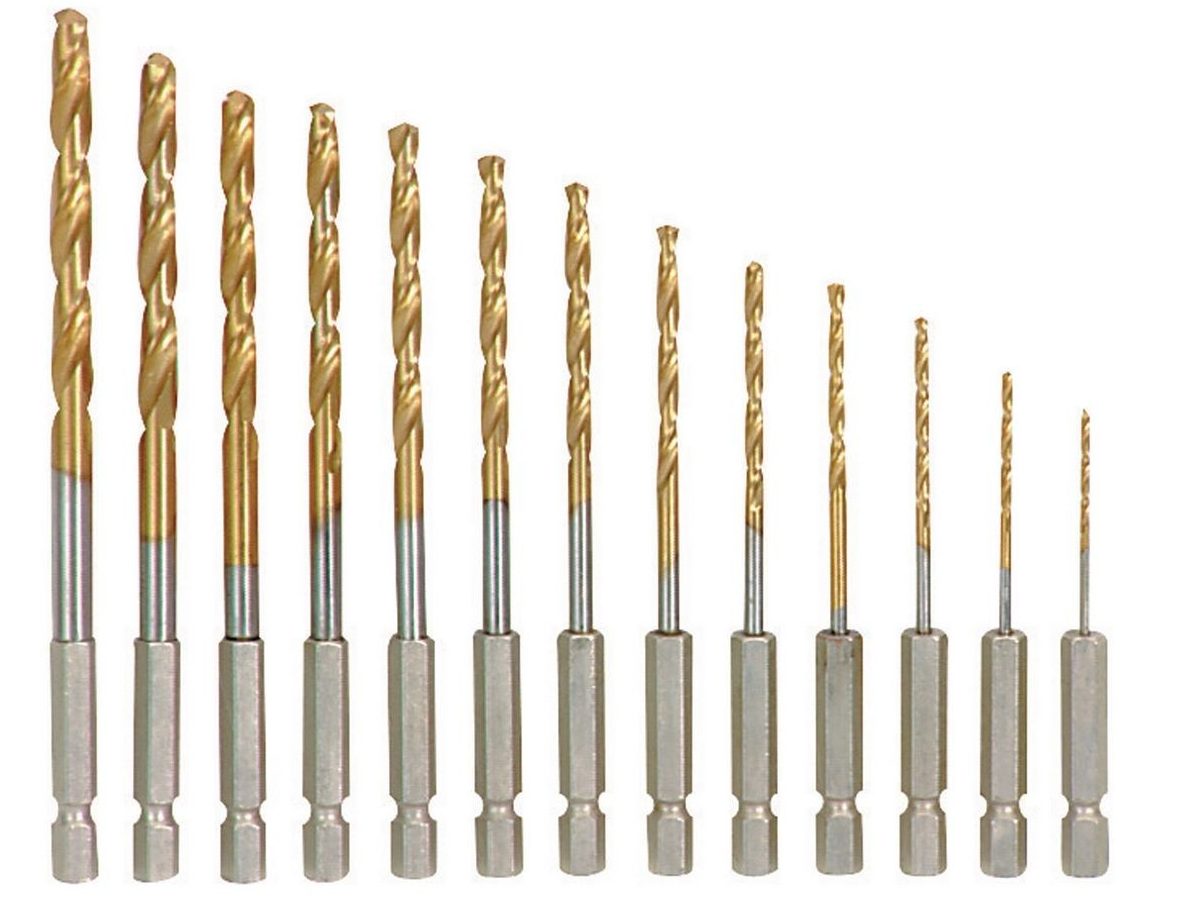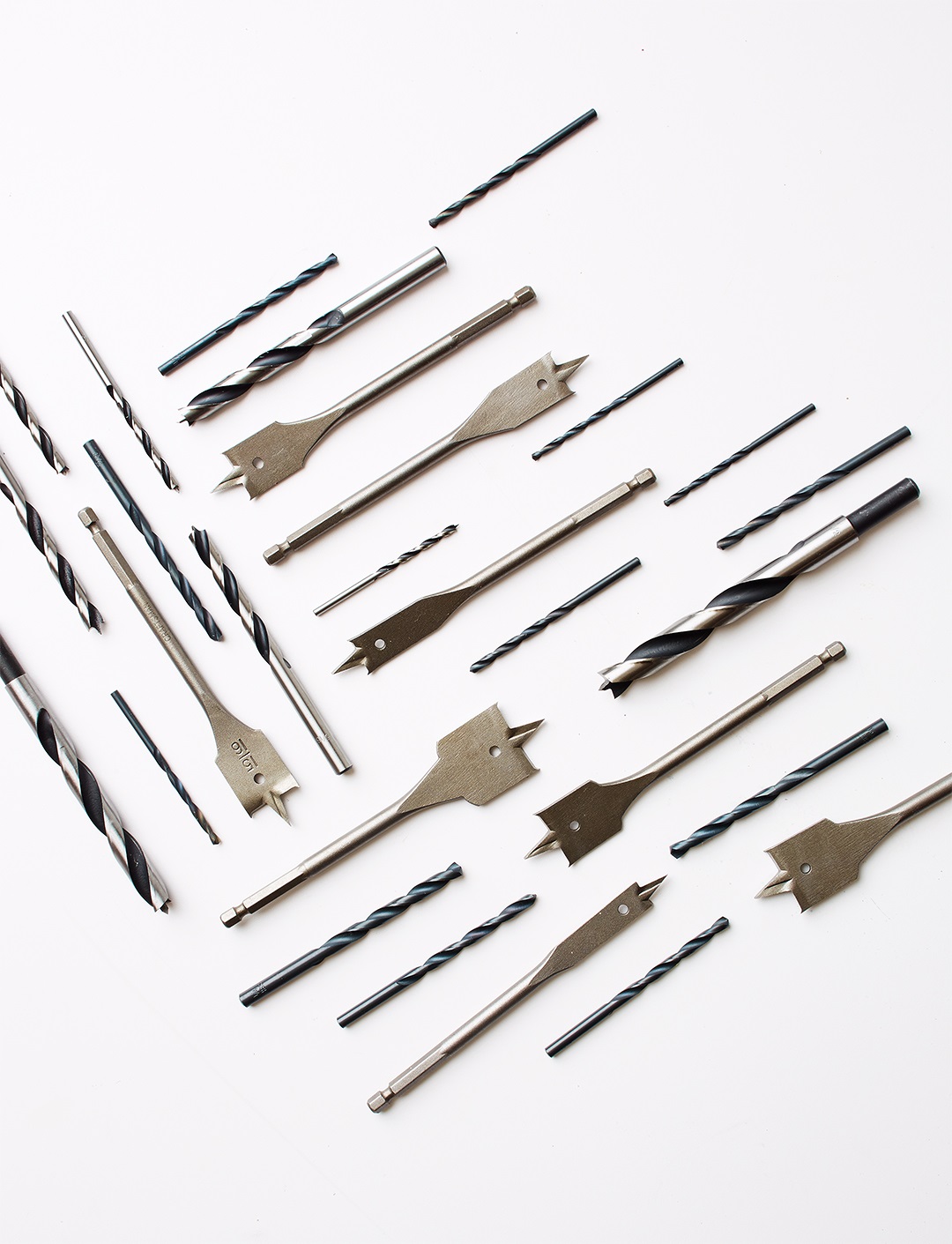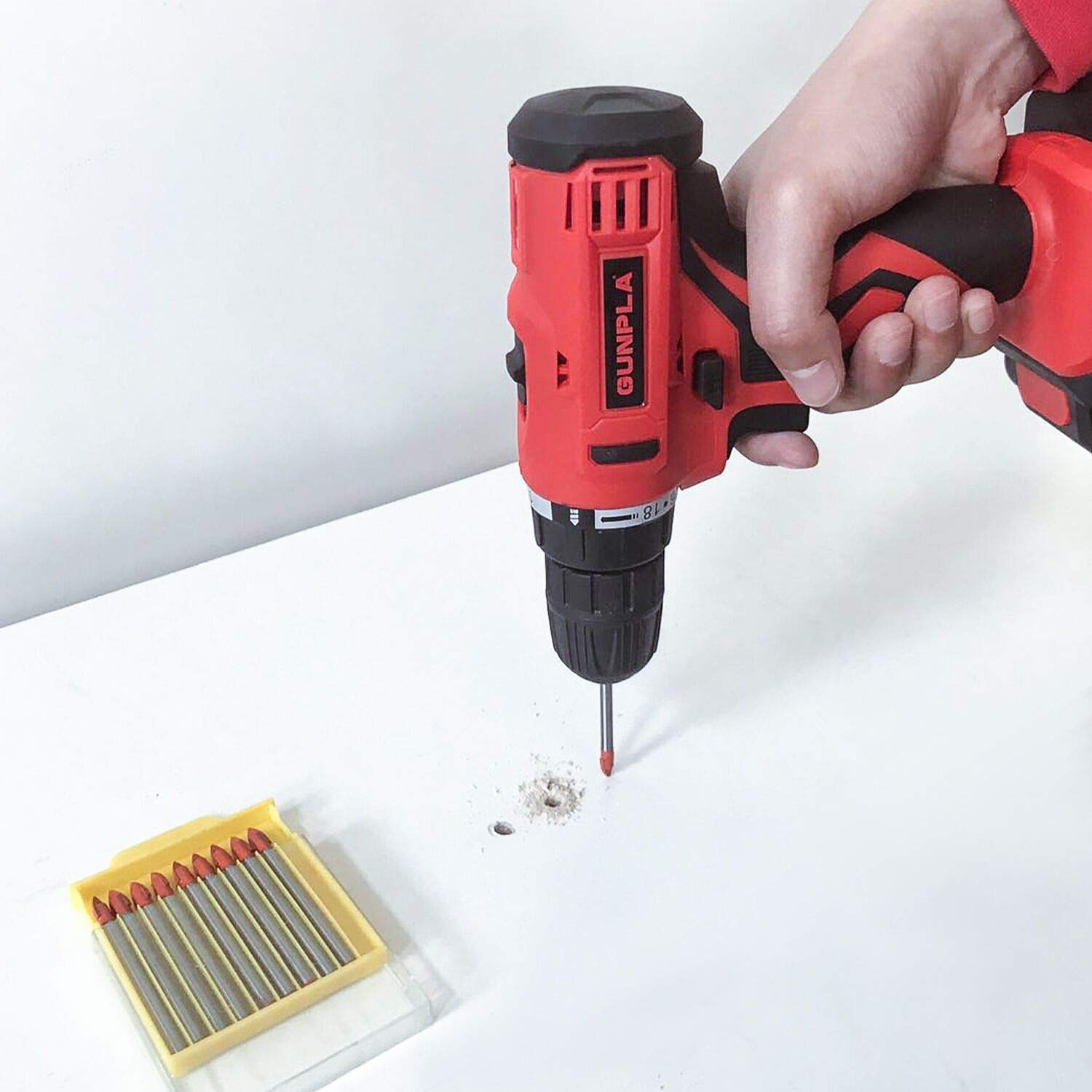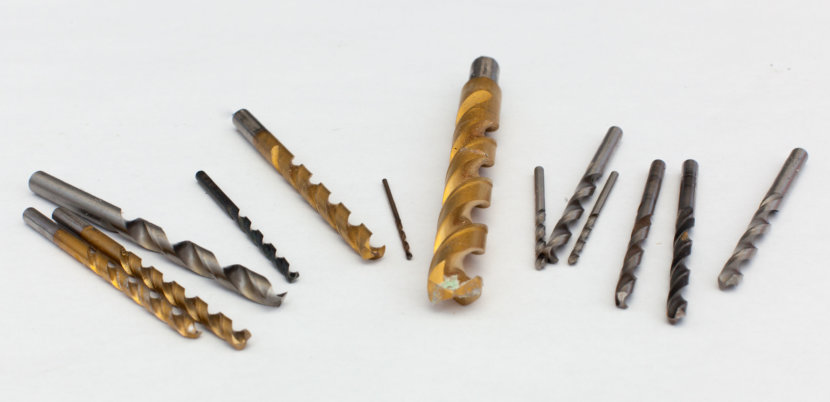The power drill has got to be one of the most basic and flexible tools that a boatbuilder needs. However, this piece of equipment is practically useless without a drill bit to accompany it.
The drill bit is the replaceable part that you attach to the tool’s chuck. There is a wide variety of different bits that you can use, but the two most common are wood and metal drill bits.
As such, you must invest in these bits by sets of different sizes and lengths. Having them in your tool arsenal will allow you to take on most of the drilling tasks required for your projects.
Telling Wood and Metal Drill Bits Apart
It is understandable how drill bits may look similar to each other to the inexperienced eye. There are certain elements that you can look into to differentiate between the two, such as:

Appearance
The first main factor that sets these two drill bits apart is their appearance primarily because of the materials used and coatings applied to them.
For instance, since metal drill bits are more prone to overheating and chipping, some are coated with titanium, black oxide, and cobalt, resulting in a gold, copper, and black or dark gray colored body. Meanwhile, since most wood bits have no coating, most of them have a silver body.
Design
Metal drill bits can burrow into harder material because of their slightly angled tip design. On the other hand, wood bits are more prone to wander from its center point. Thus, they have a sharp tip referred to as a brad for better control and accuracy.
The Problem With Using the Wrong Bit
While drill bits are adequately labeled when you purchase them, having the eye to distinguish them apart will save you from a lot of hassle when you’re scouring for the right bit in your tool shed for your project.
As mentioned, wood bits drill through hard materials that can lead to a damaged bit, or worse, a damaged power drill. On the other hand, using your metal bit on wood can result in splintering and even split your material in half if you’re not careful—something that any boat builder would want to avoid after hundreds of hours working on a project.
The Right Drill Bit for Other Materials

While we typically work with metal and wood as boat builders, there are times when a project requires us to incorporate other materials.
That can include glass and masonry, especially for luxury or high-end builds and repairs. Hence, it never hurts to have a collection of drill bits suitable for other materials.
For Plastic
You can use wood bits for plastic, even for thicker ones like acrylic or plexiglass. You just need to use a bit with a sharpened end at a slower speed.
High speeds can cause the plastic to melt and clog your bit in the process, especially if it has a blunt end. The same technique applies when you’re using a jigsaw to cut plastic.
For Masonry
There are bits specifically designed for drilling through concrete, brick, porcelain, and other masonry types. These bits are usually made with tungsten carbide and are strong enough to withstand the impact required to hammer through and pulverize masonry to “drill” a hole.
The action is more similar to digging. As such, you shouldn’t use these bits in drilling holes in wood since the results will be significantly rougher and unrefined.
For Glass and Tiles
Finally, there are bits designed for drilling through glass and tiles. They are usually equipped with a rougher, coarser tip to help in shaving the glass bits away.

To drill glass without breaking it, you must lay it flat atop a soft cloth or a few layers of newspaper for support. Keep the surface sprayed with water to cool it down. You can also put a bit of tape over the spot that you want to drill to add traction and keep your bit from sliding while working.
Using Material-Specific Drill Bits
A boatbuilder’s primary weapon is their skill, but having the right equipment always helps. Even a season crafter can still easily mistake one tool for another, especially when determining drill buts that honestly look very similar.
Fortunately, there are tell-tale signs that can help one distinguish which bit is which. For instance, the color and tip of a drill bit differ from each other. Wood bits have no coatings, usually come as silver, and have a chisel-like tip. On the other hand, metal bits are treated with various coatings to add further strength and support, come in black or copper, and have slightly angled tips.
Lastly, be on the lookout for other bits specifically designed for other materials such as plastic, masonry, and glass if your project calls for it. Feel free to check out Boat Diaries for more information on boatbuilding and other related topics.






